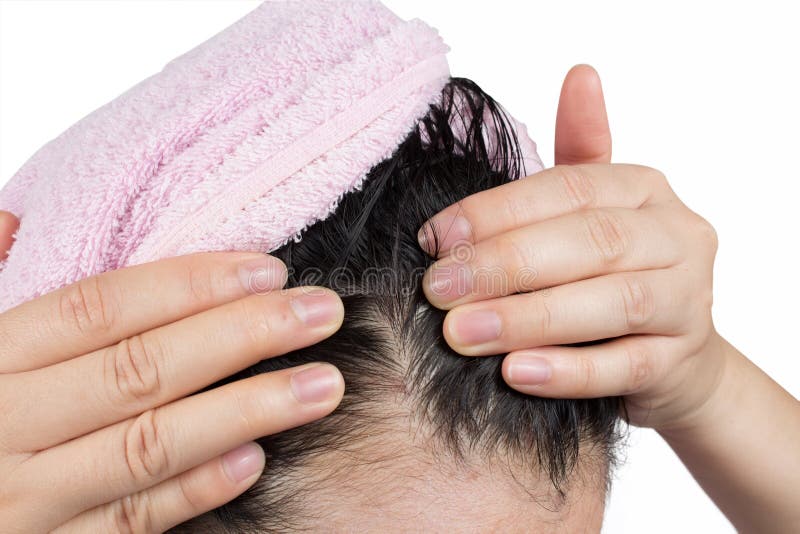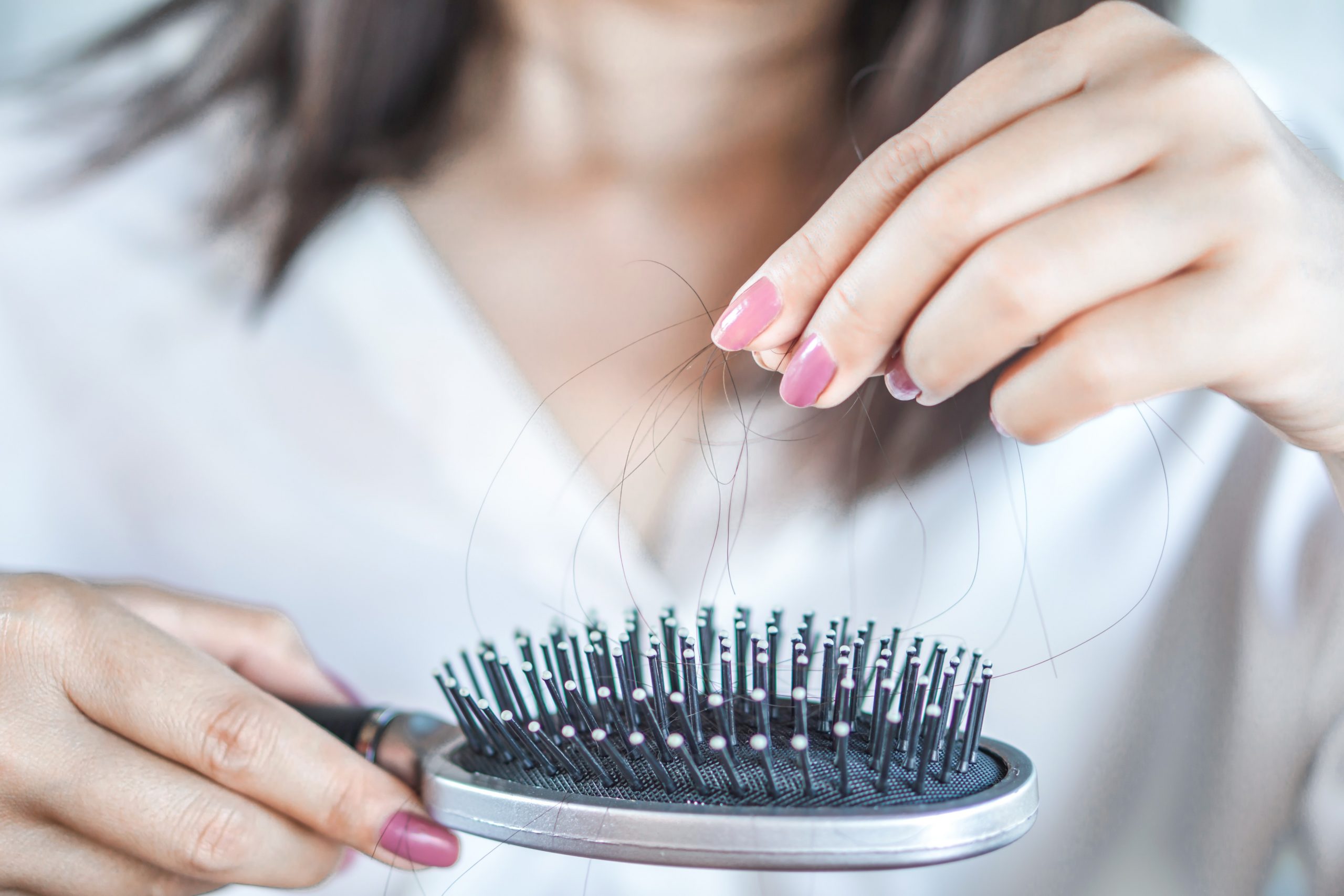Table Of Content

Treatment options for hair loss typically depend on the cause. They can also vary according to the pattern and location of hair loss. While most causes of hair loss are treatable, some may not be. See a dermatologist as soon as possible when you notice hair loss. The sooner you get treatment, the more effective it’ll be.
Hair Loss in Women
Corticosteroids, such as hydrocortisone and prednisone, are commonly prescribed (topically, orally, or through injections) to both alleviate inflammation and curb the autoimmune response. “These medications help suppress the immune system’s overactivity and encourage hair regrowth,” Dr. Mitchell explains. The FDA also recently approved a new drug for severe cases of alopecia areata called Litfulo (generic name, ritlecitinib).
Are there any new treatments on the horizon?
It’s essential that you not become pregnant while taking spironolactone. To prevent pregnancy, your dermatologist will also prescribe a birth control pill if it’s possible for you to get pregnant. While you can buy a microneedling device without a prescription, it’s best to check with your dermatologist first. It’s also important to get the right microneedling device. These dermatologists' tips tell you how to protect your skin.
Risk Factors for Progressive Hair Loss
It's typical to lose some hair every day as part of your hair’s usual growth cycle. For most people, the lost hair grows back, and you maintain a full head of hair. But illness, hormonal changes, stress, aging and inherited conditions can interfere with your hair’s growth cycle.
Clinical trials
When you see a doctor to see what's causing your hair loss, they’ll probably start with a physical exam and ask about your diet, family history, and medical history. They may ask whether any of your relatives have hair loss. Traction alopecia is a type of hair loss that's brought on by the way you style your hair. Hairstyles like cornrows, braids, or tight ponytails can cause it.
For instance, do you know the signs of hair loss in women? Can you tell the difference between hair loss that's temporary and hair loss that needs treatment? Baldness (androgenic alopecia) is the most common type of hair loss. It affects an estimated 80 million individuals in the U.S. Most healthy people lose up to 100 strands of hair per day. As part of your hair’s growth cycle, new strands grow and take the place of the ones you shed.
Taking too high of a dose can lead to side effects, so it’s always best to check with a healthcare professional before adding any new supplements to your diet. If you suspect you could have a nutrient deficiency, ask your care team about testing to check your vitamin levels. Healthcare professionals can also help address other causes of nutrient deficiencies, such as eating disorders or health conditions that might block nutrient absorption. This treatment is relatively new, so research supporting its effectiveness remains limited. That said, a small 2014 study suggests it’s both simple and effective, and many people feel satisfied with the results. Anthralin topical cream (Dithralin), originally used as a treatment for psoriasis, may also prove effective for the treatment of mild alopecia areata.
Why You're Losing More Hair and the New Science to Help Regrow It - Oprah Mag
Why You're Losing More Hair and the New Science to Help Regrow It.
Posted: Mon, 11 Sep 2023 07:00:00 GMT [source]
Caregiving crisis

Some types of hair loss happen when your immune system attacks your body’s natural processes. The FDA hasn’t labeled spironolactone as a treatment for androgenic alopecia. It’s typically used to reduce swelling from liver disease and nephrotic syndrome (a kidney problem).

Hair loss risk factors
Menopause and hair loss: everything you need to know - Women's Health UK
Menopause and hair loss: everything you need to know.
Posted: Wed, 31 Jan 2024 08:00:00 GMT [source]
Anemia (iron deficiency), a condition common among women, can contribute to hair loss. Furthermore, researchers have linked insufficient selenium, zinc, vitamin B12, riboflavin, and vitamin D to alopecia. "And then what happens is that density just simply decreases over time. And in extreme form, there can be absence of hair on the crown of the scalp." If the stress stops, your body will readjust and the excessive shedding will stop. When the shedding stops, most people see their hair regain its normal fullness within 6 to 9 months.
Short hair can allude to boldness for going against the age-old stereotype that women are to have long hair. Hair can be a beautiful tribute to your heritage or a crown of pride, regardless of what texture or style you wear. And seeing your hair shed regularly or continuously thin in one area can be alarming. The authors suggested that nicotine and other chemicals could speed up hair loss, but more research is needed to confirm this.
Over time, if not treated early, the size of the patch or patches will increase and fill with pus. This usually happens because of radiation treatment or chemotherapy. It’s typical to lose between 50 and 100 hairs a day, according to the American Academy of Dermatology (AAD). With about 100,000 hairs on your head, that small loss isn’t noticeable.
The medication stimulates hair growth by quieting part of the immune system. It could be either physical stress, such as a broken bone, or emotional stress. In 2020, we all had a lot of emotional stress and we saw a huge increase in the number of people with TE who suddenly started losing clumps of hair. Stress also can exacerbate forms of hair loss like alopecia areata, an autoimmune disease. It starts two to four months after a stressful event, and can last anywhere from two months to two years.
Possible risks include bleeding, bruising, swelling and infection. You may need more than one surgery to get the effect you want. Hereditary hair loss will eventually progress despite surgery. Not all researchers agree that spironolactone works, and the FDA has not endorsed it as a treatment for androgenic alopecia.

No comments:
Post a Comment